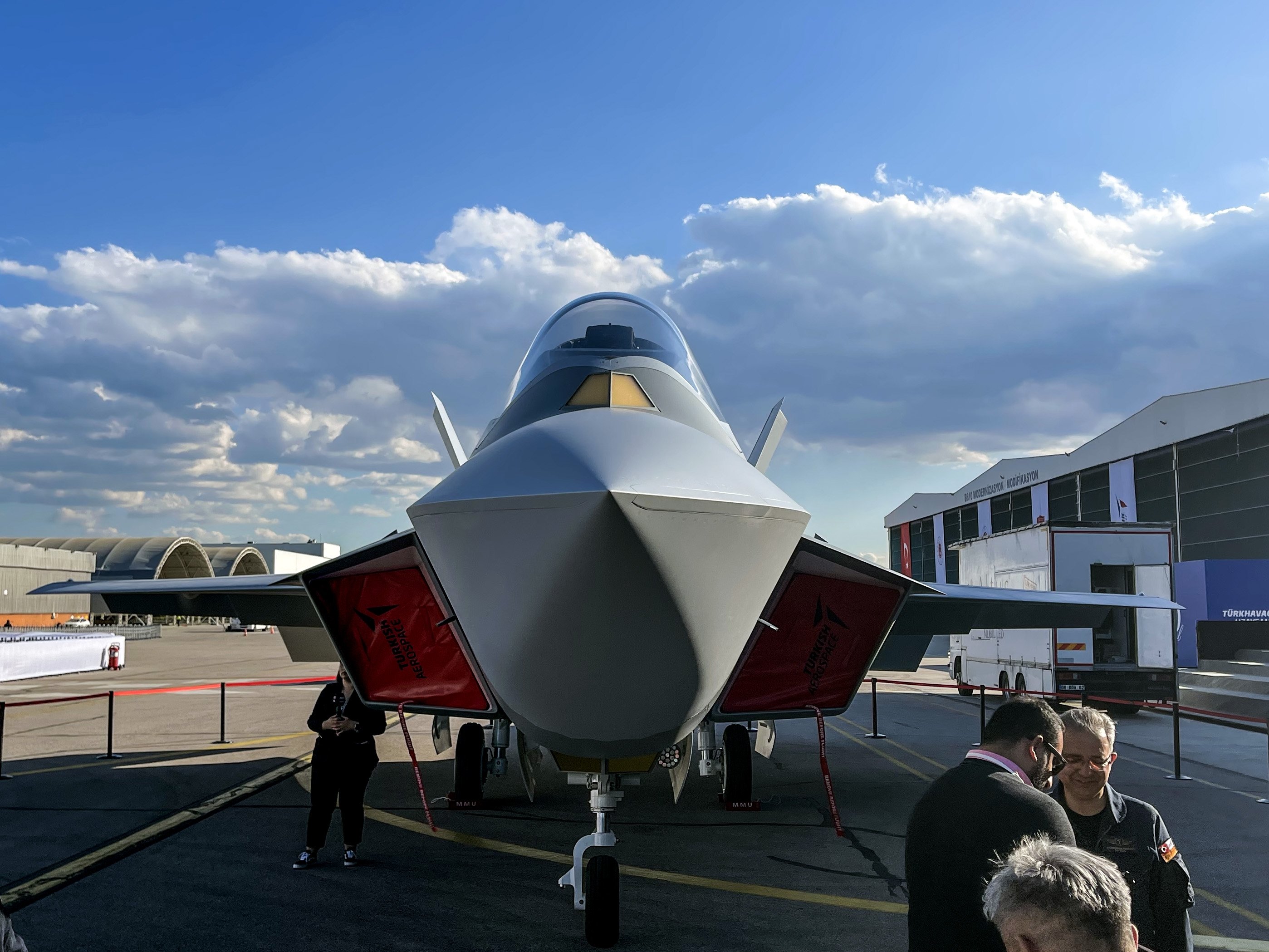SOURCE: RAUNAK KUNDE / NEWS BEAT / IDRW.ORG

Recent reports confirming Pakistan’s participation in Turkey’s 5th-generation fighter jet program codenamed “KAAN,” have raised eyebrows and prompted discussions about its potential implications. While this move might not have taken Indian Air Force (IAF) officials by surprise, it has sparked interest in how this decision could impact the regional dynamics of defence and technology.
According to sources within the Indian Air Force who spoke to idrw.org, Pakistan’s decision to join the Turkish 5th-generation fighter jet program was not an unexpected development. However, despite Pakistan’s participation, it is unlikely to acquire fighter jets from Turkey until at least 2035. This delay can be attributed to the rigorous developmental trials and testing that the fighter jet must undergo before it can be cleared for production.
Turkish Aerospace Industries (TAI) is at the forefront of developing the “KAAN” 5th-generation fighter jet. The ambitious project plans to take to the skies on December 27 later this year, albeit with American engines. TAI’s timeline includes the commencement of deliveries of 10 pre-productions of “KAAN” aircraft to the Turkish Air Force by 2029, followed by 10 limited-scale production units by 2032. While the program may initially seem ahead of India’s 5th-generation fighter jet, the Advanced Medium Combat Aircraft (AMCA), it is important to consider the broader context.
The IAF officials further confirmed that India’s AMCA program is making steady progress. The rollout of the AMCA is expected to occur by early 2027, with its maiden flight scheduled for 2028. The production for the first squadron is projected to commence by 2030. While the Turkish program might have a slight edge initially, the AMCA is expected to catch up in due course. This is because many of the critical technologies required for the AMCA have already matured, positioning India well for the accelerated development of the fighter jet.
The turning point for the AMCA is expected to come with the anticipated CCS (Cabinet Committee on Security) clearance in early 2024. This clearance would pave the way for the development of 5 to 6 prototypes, further fast-tracking the AMCA’s progress. As both programs advance, it is not just about the timeline; it’s about the capabilities and technology that these fighter jets will bring to the table.
NOTE : Article cannot be reproduced without written permission of idrw.org in any form even for YouTube Videos to avoid Copy right strikes